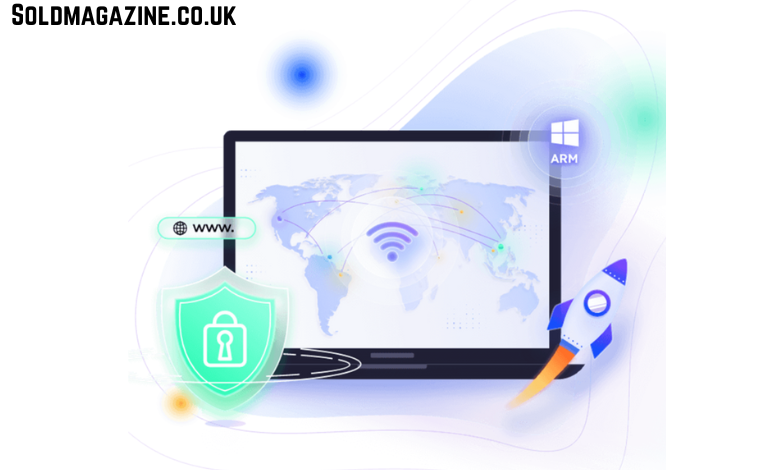In the globalized automotive business of today, as companies expand to new global markets, having the capacity to communicate with accuracy and cultural sensitivity is a strategic imperative. Do you know that more than 85% of large Japanese automakers now publish product specs, owner’s manuals, and marketing materials in a minimum of eight languages in weeks rather than months after release? This isn’t globalization at work; it’s a precision-orchestrated translation process that keeps innovation on the go.
For Japanese manufacturers, collaboration with a Japanese translation company is not outsourcing; it’s creating a bridge between engineering excellence and multicultural interaction. Let’s see how these language specialists help in international growth throughout the auto industry, enabling businesses to surpass competition, gain consumer confidence, and ensure consistency across markets.
1. Commanding Accuracy in Technical Content
The automotive industry is founded on precision; each minute specification, safety notice, and maintenance procedure counts. Misread one word, and the outcome may be an expensive recall or even a safety risk. Japanese automotive content translation companies hire linguists with extensive domain experience, engineers who have become translators, or language professionals having technical education. They don’t merely translate the words; they comprehend the systems. With this level of expertise, a brake-pad installation manual or ECU diagnostic interface will read as correctly in German, Spanish, or Thai as it will in Japanese, reducing risk and maximizing clarity. This technical commitment makes the translation provider more than a vendor.
2. Commanding Accuracy in Technical Content
Besides technical guides, car marketing should connect with people’s emotions by focusing on things like quality, safety, or eco-friendly innovation. For this reason, translation companies create local stories that translate slogans, pictorial metaphors, and narrative forms specific to the cultural nuances of each target group.
Think about how “family safety” could be different in the Middle East and Western markets or why “tech elegance” speaks in Scandinavian marketing. A reliable translation provider does not merely copywrite; it converts the intent and tone constantly to make it feel more natural.
3. Streamlining Time-Sensitive Launches with Agile Workflows
Car manufacturers act quickly. New cars are launched at international car shows; online campaigns go live simultaneously on different continents. Translations need to align with engineering, marketing, and local offices in order to assist this.
Taking assistance from a professional Japanese translation company provides flexible workflow patterns: concurrent translation into multiple target languages, in-country review by native speakers, instantaneous glossary updates to include new model names or features, and even work during evenings and weekends when launch timing is critical. Their processes integrate with product development pipelines so that final documentation is available when the car rolls onto the show platform.
This strategy, combined with accuracy, allows automakers to maintain brand consistency and gain a competitive edge that keeps messaging fresh and cohesive globally.
4. Ensuring Compliance with Local Standards and Regulations
Automatic translations disobey local laws at your own risk. For instance, fuel efficiency labeling requirements vary by area; there are differing safety disclosures. Compliance is about legal conformity.
Japanese translation companies hire regulatory experts and target-market freelancers to screen translated material for legality. It means reviewing consumer rights obligations, warning messages, and even environmental disclaimers. By incorporating these screenings into their process, such automotive businesses guarantee that documents aren’t just readable but they’re also legally valid in each market region.
5. Fostering Long-Term Partnerships with Feedback Loops
Translation is not a static process; it’s continuous improvement. When automakers get feedback from dealers, repair shops, and consumers, translation teams refine the content accordingly. Maybe a sentence in the owner’s manual was confusing; perhaps foreign reviewers came across a vague direction.
Leading translation companies develop feedback loops into their workflow. They monitor repeated issues between languages, update glossaries and style guides, and educate translators to apply changes immediately. Gradually, this ongoing improvement strengthens precision, enhances quality, and reinforces brand integrity.
6. Leveraging Technology without Losing Human Touch
AI translation engines are continually being upgraded; unsupervised machine output is crude. Hybrid models are what Japanese translation businesses embrace: machine translation is used to produce high-volume drafts (e.g., initial review materials, internal memos), after which human post-editing takes place for clarity, tone, and stylistic consistency.
In addition, they keep electronic storerooms: translation memories that recall how a certain phrase was treated in previous models, term databases that guarantee “anti-lock braking system” is never translated incompletely between languages, and style guides that have brand voice from pamphlets to in-car terminals. This blending of technology and human examination allows car manufacturers to remain efficient without compromising on precision.
7. Enhancing After-Sales Support and Owner Experience
Success in the market doesn’t stop with the sale; it goes on as customers consult their owner’s manuals, use infotainment interfaces, or call support lines. Customer-facing documentation and digital interfaces have a profound effect on satisfaction and brand loyalty.
Translation firms keep service booklets, chatbots, touch-screen menus, and FAQ pages consistently readable in several languages. Their continuous updating mirrors improvements from warranty terms to feature changes, keeping records in step with new models and software releases. When the customer feels heard even in their own language, that association develops long-lasting relationships.
Conclusion
In the age of speed in the auto industry, tapping into open international markets is about communicating in the customer’s language, both literally and culturally. Japanese translation agencies are at the center of this change, converting technologically dense engineering into universally communicable experiences and making sure that each safety notice, advertising campaign, and in-car entertainment display speaks to precision.
With technical precision, cultural nuance, flexible processes, and leading-edge translation tools, these language professionals enable Japanese automakers to roll out effortlessly across borders while upholding brand integrity.
As the auto industry speeds toward a borderless world, here’s what’s certain: businesses that partner with specialized Japanese translation experts will move faster, reach deeper, and lead smarter.




